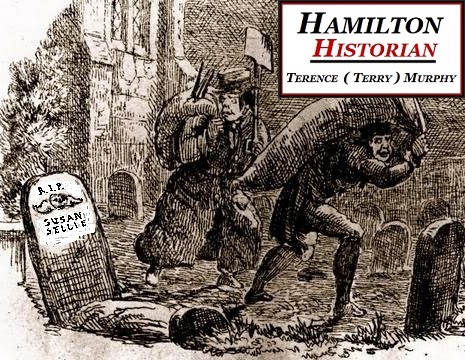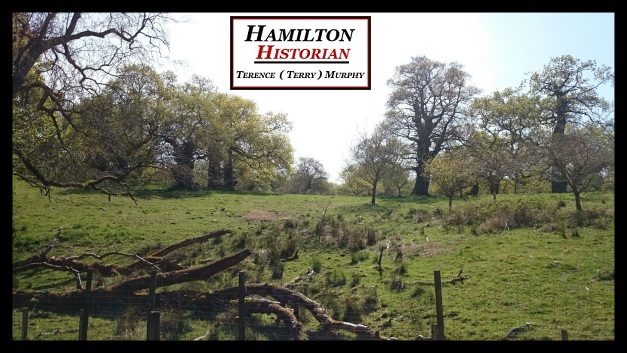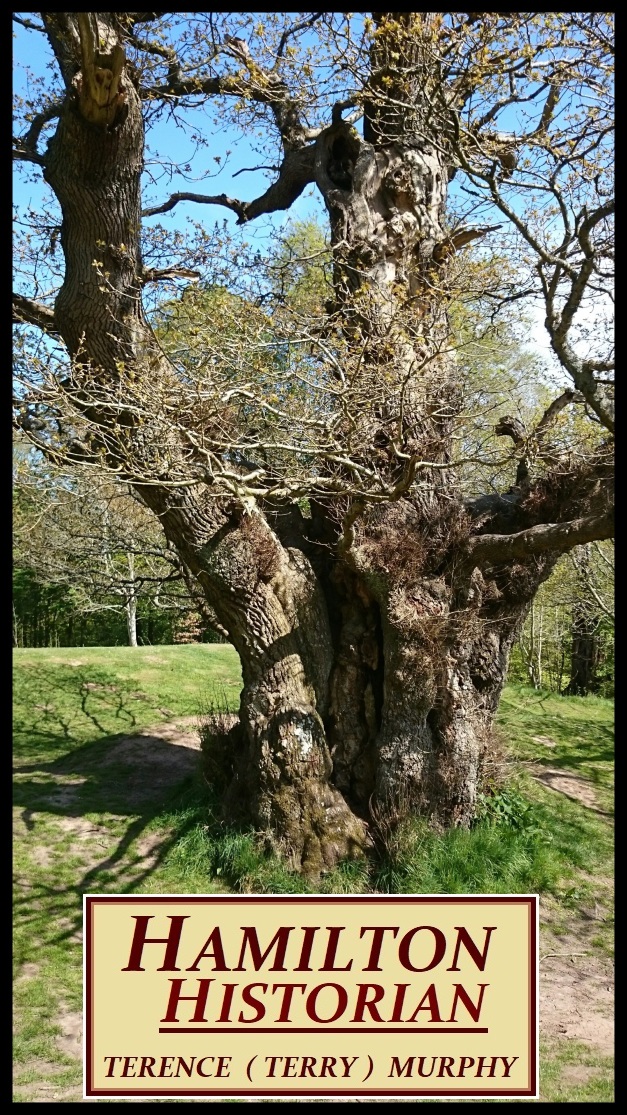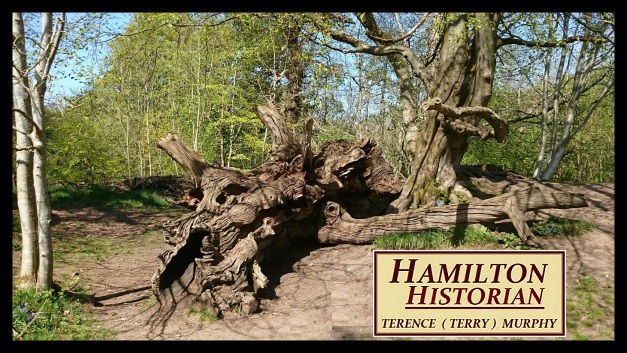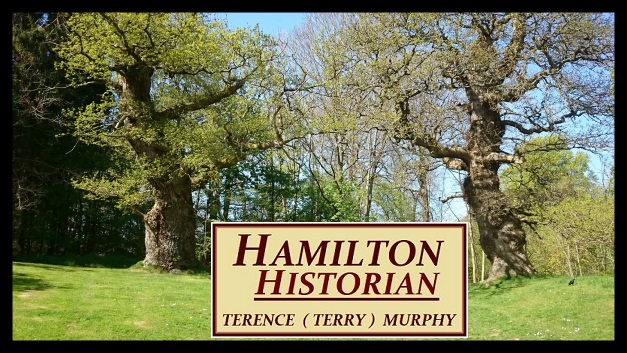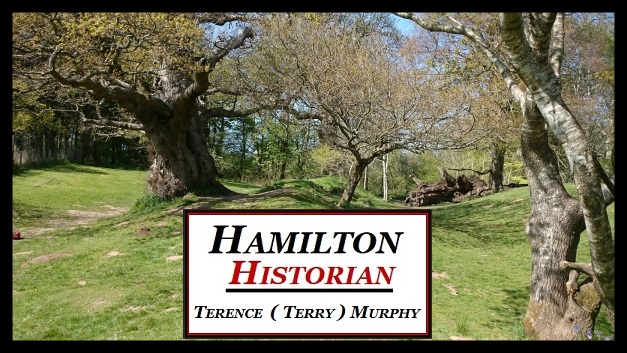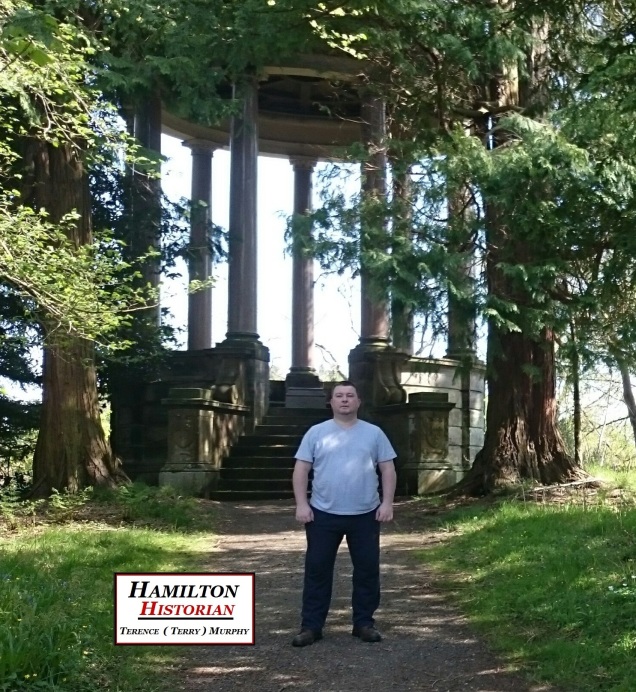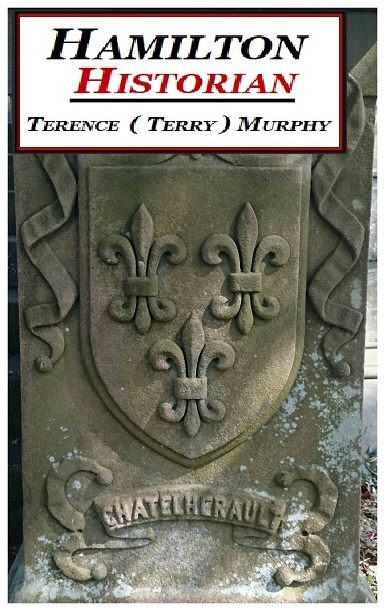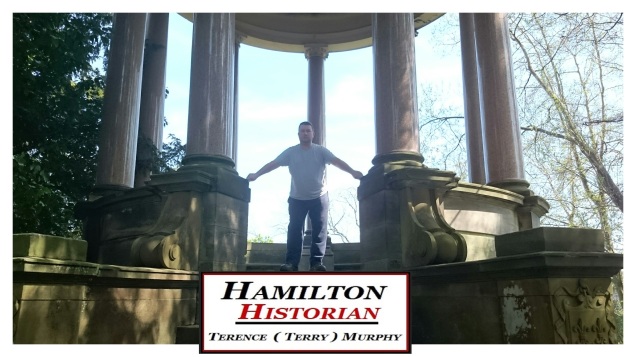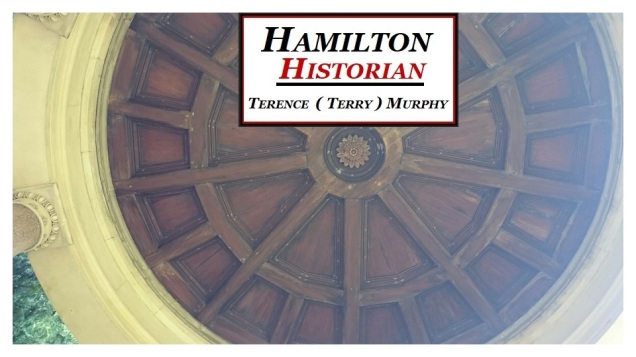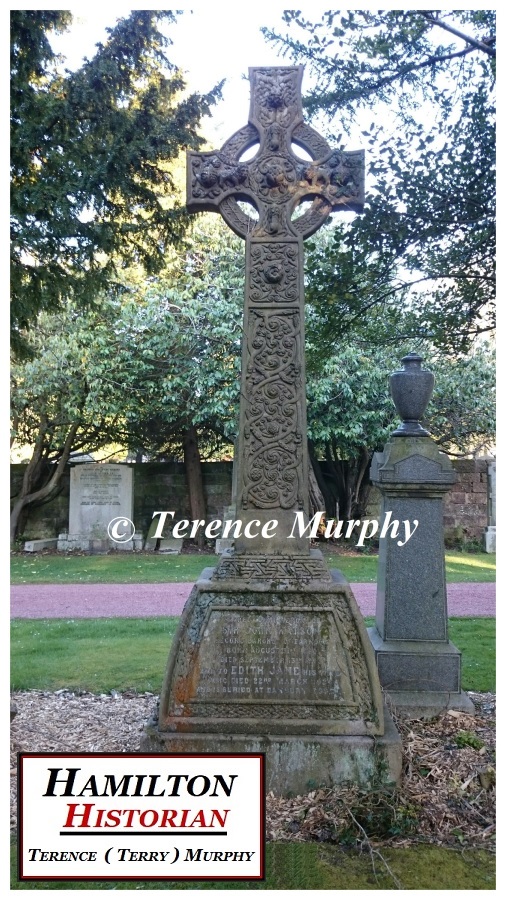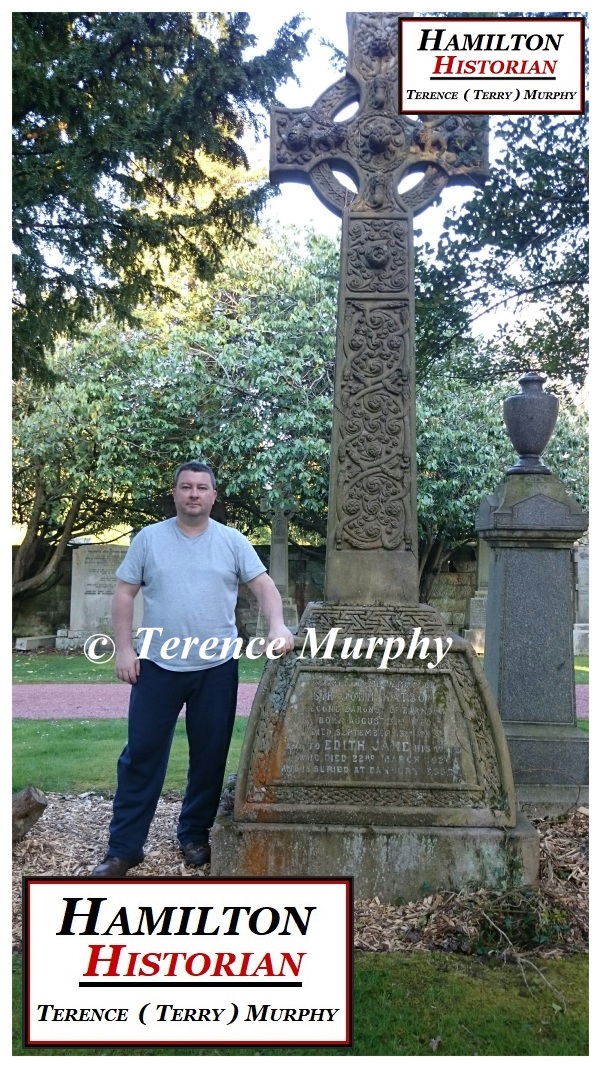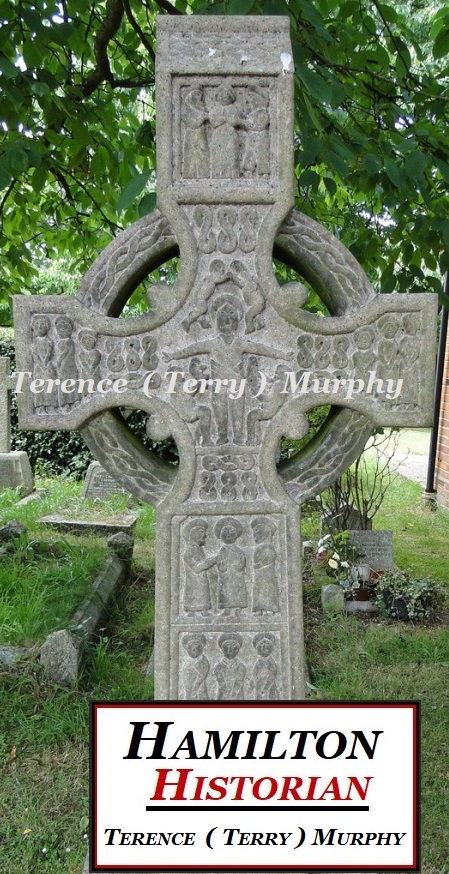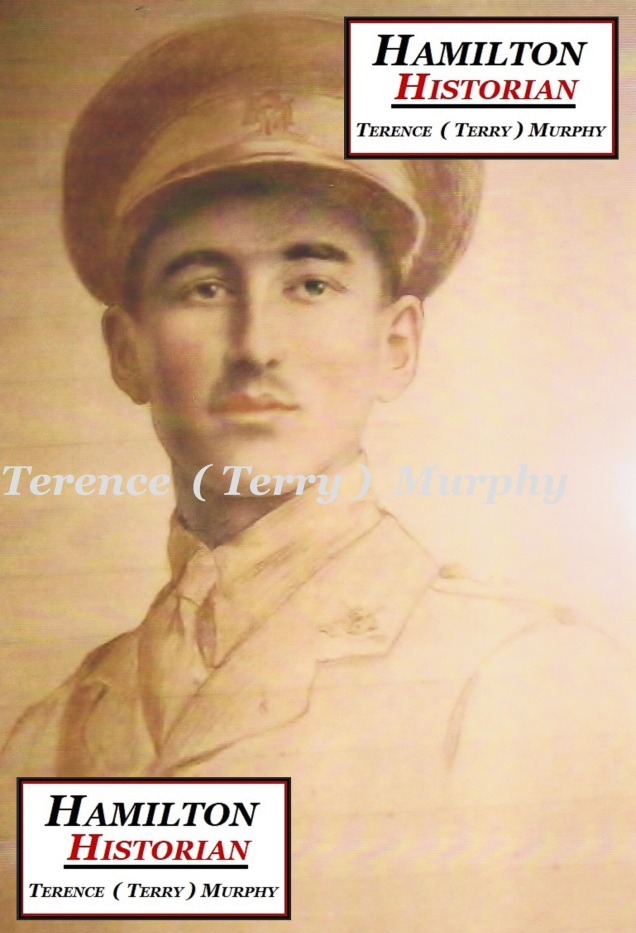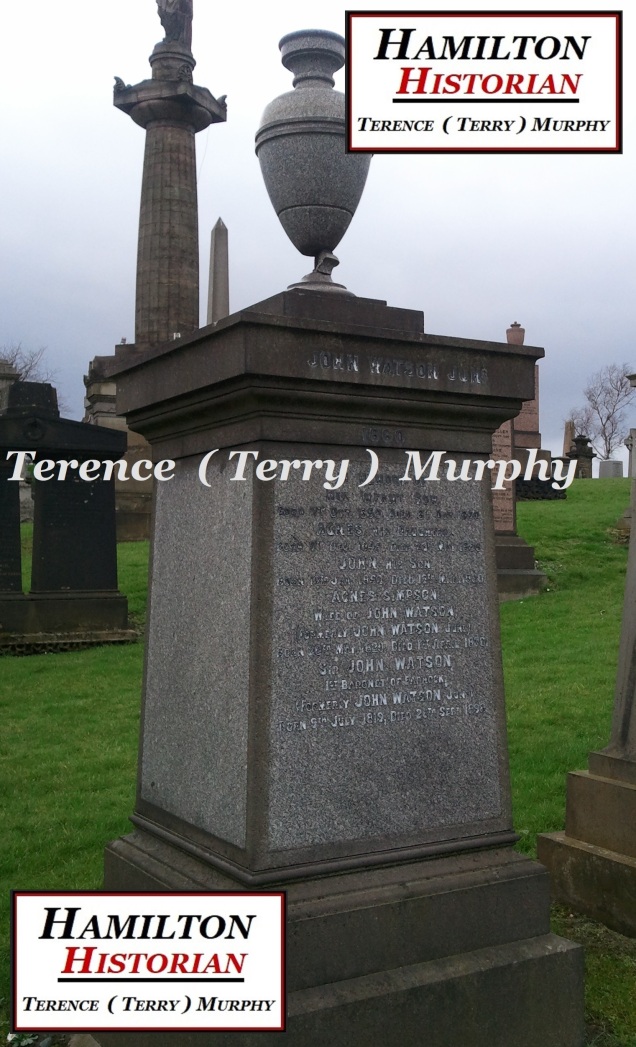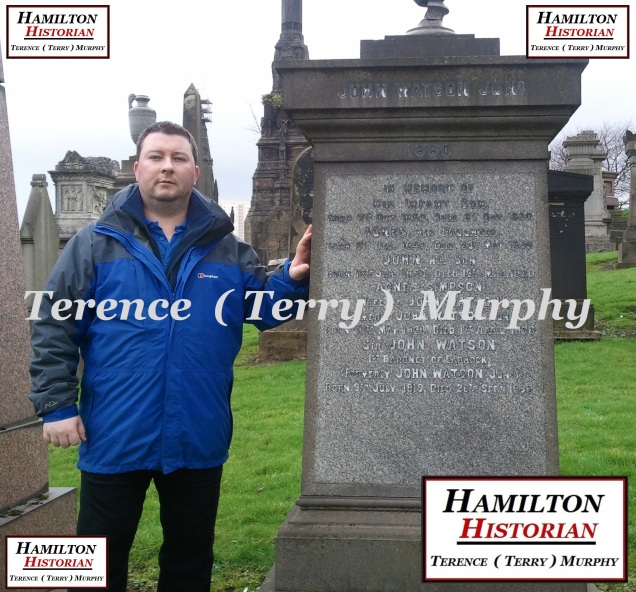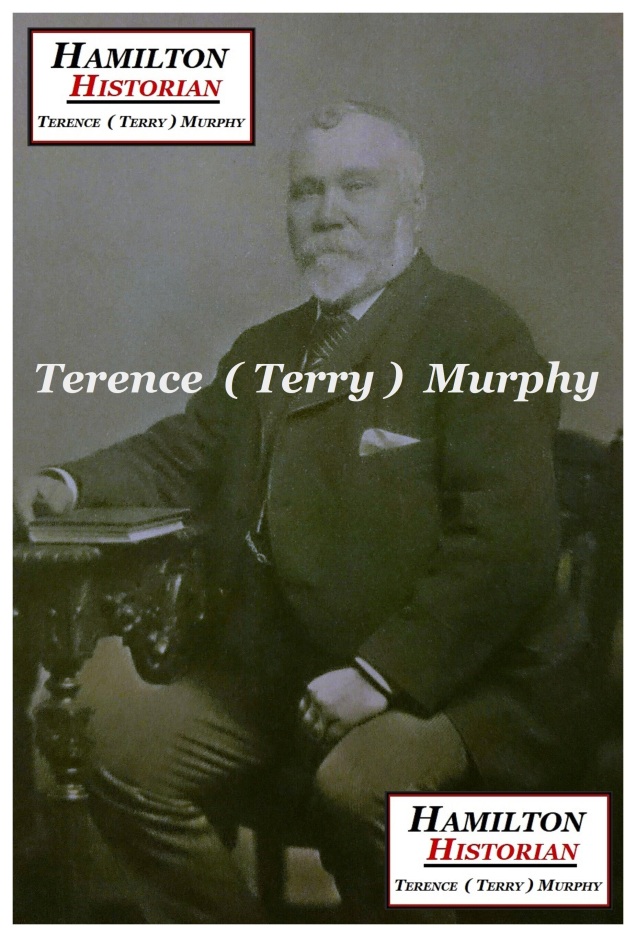The Watson Baronetcy of Earnock became extinct on the 4th of May 2016 after Sir Julian Frank Somerled Watson the 7th Baronet of Earnock sadly passed away. He succeeded to the title of 7th Baronet of Earnock on the 11th of February this year after his predecessor Sir Simon Conran Hamilton Watson the 6th Baronet of Earnock died. Sir Julian had only served 2 months and 19 days as Baronet and subsequently did not have time to establish his succession! He was a keen equestrian and often visited Hamilton Racecourse to sponsor the Neilsland and Earnock stakes.
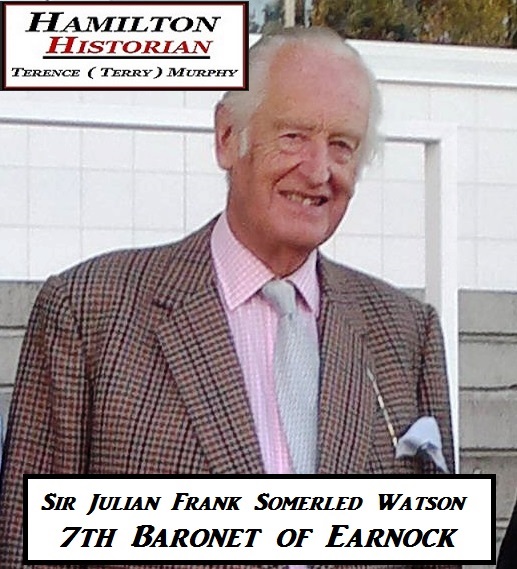
Photo taken at Hamilton Racecourse. R.I.P.
The Earnock Baronetcy started with Sir John Watson 1st Baronet of Earnock and was created c.1895. Sir Julian 7th Baronet had no children (male heirs) to succeed to the title. Truly the end of an era! R.I.P.
Written by
Hamilton Historian
Terence (Terry) Murphy.
Ref.www.thepeerage.com. & The Daily Telegraph, 13th May 2016.

